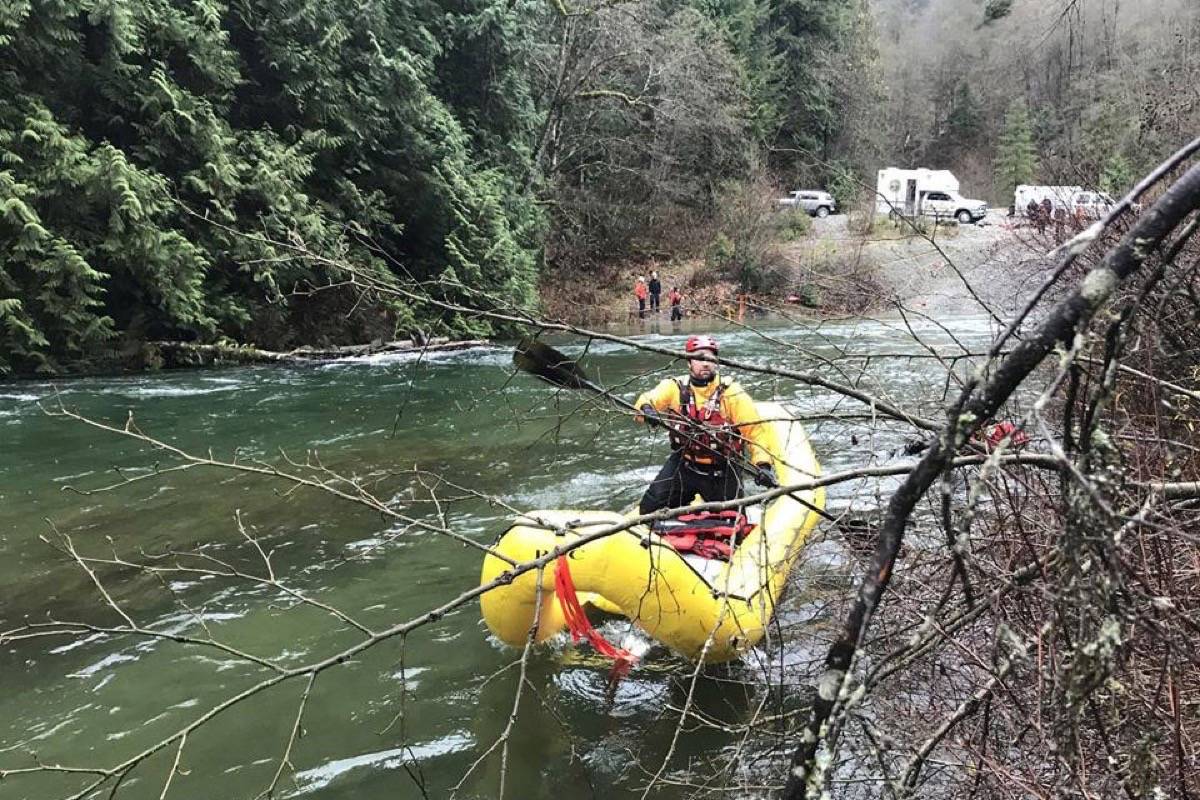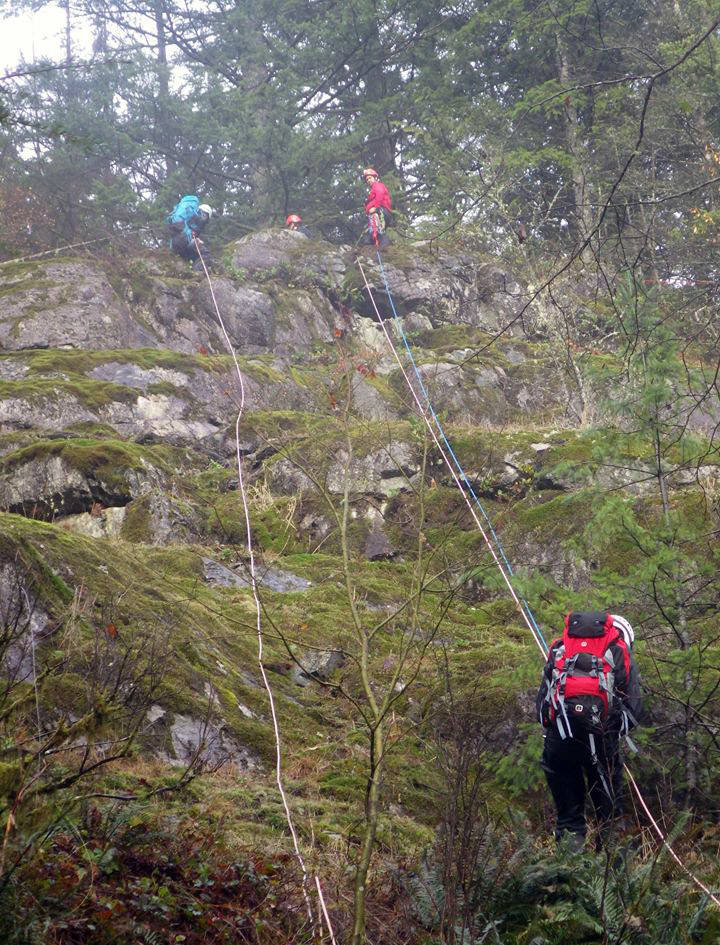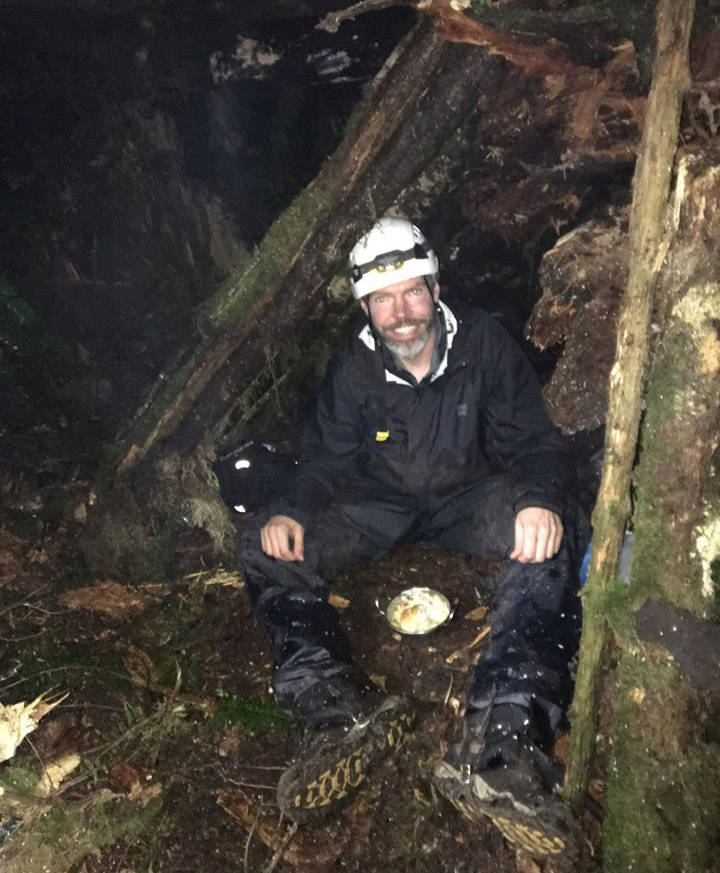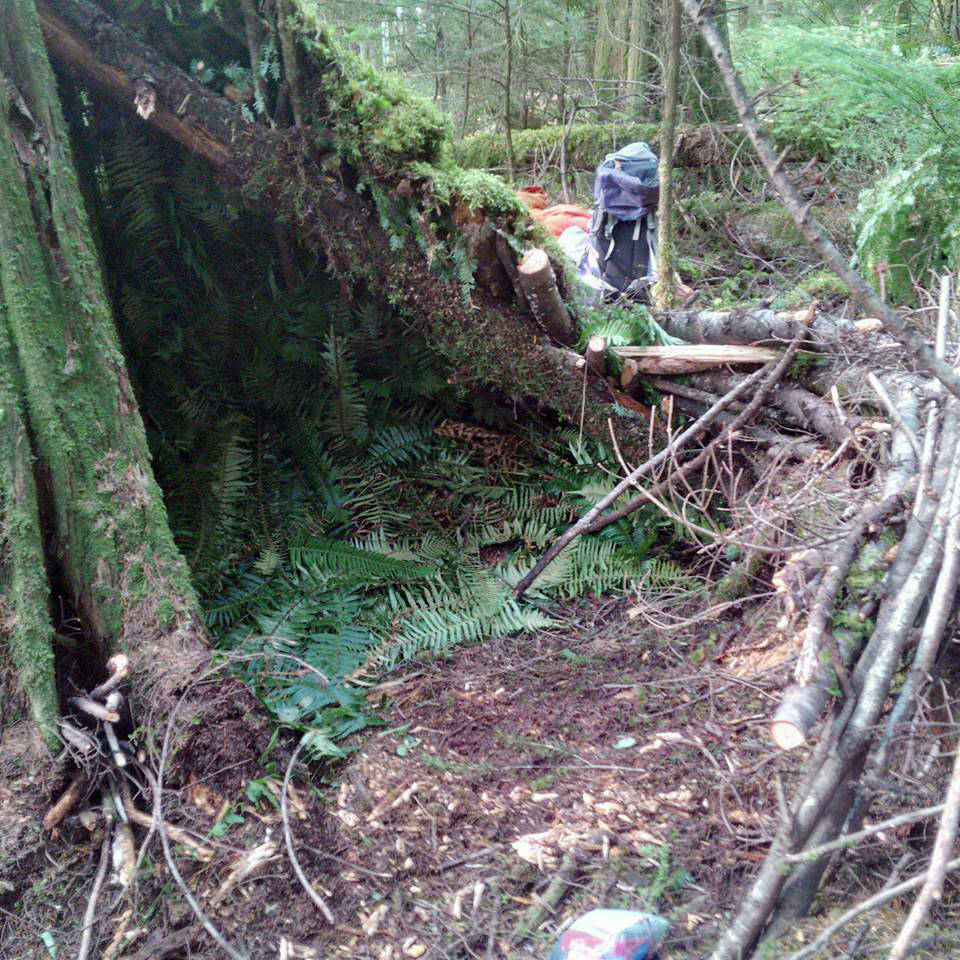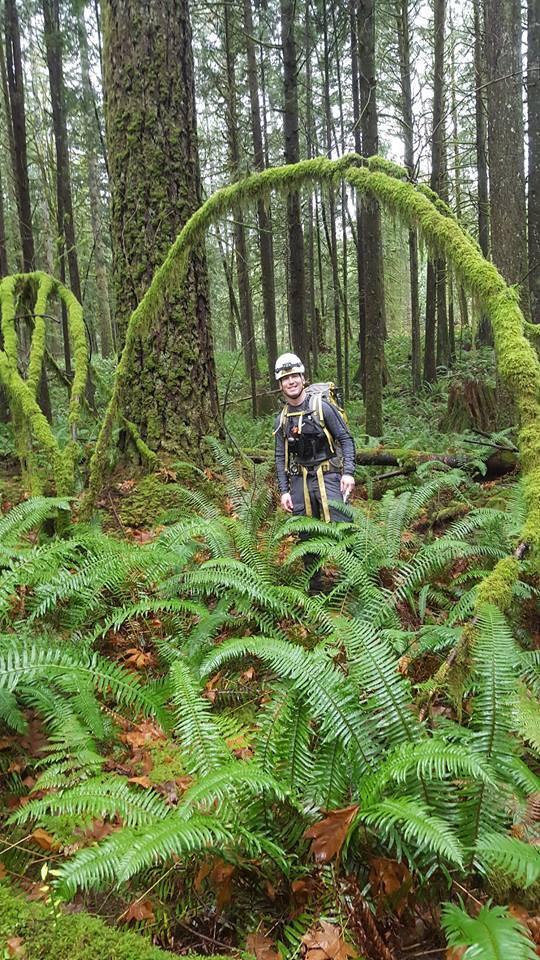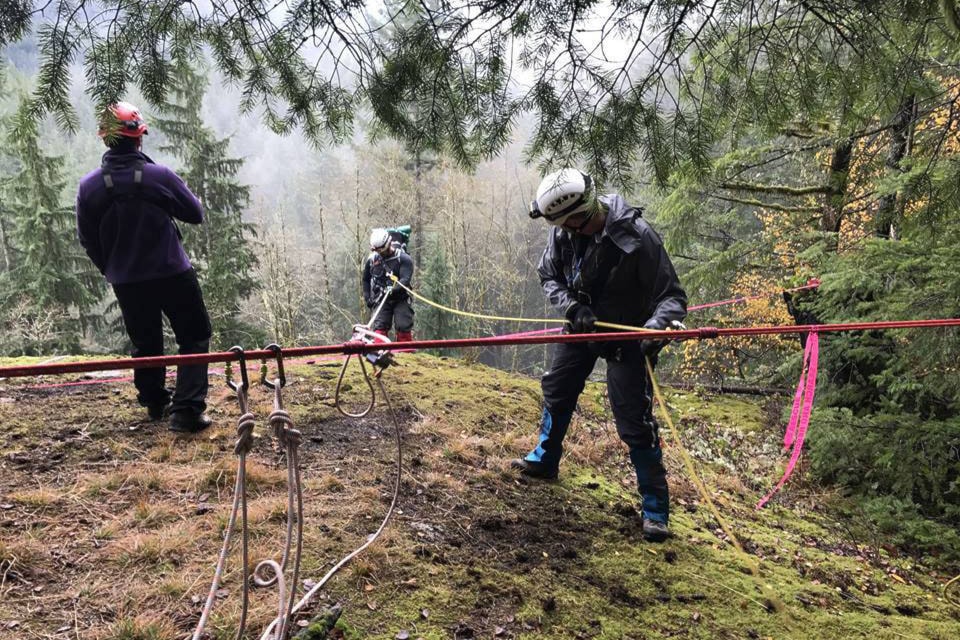You have to admit when Mother Nature has it over on you, says Rick Laing, leader of the local search and rescue squad.
It takes humility and a little grace to realize you’ve made a mistake and that, somehow, you’ve become lost in the wildnerness.
“That’s probably the hardest things for someone to do,” he said.
“Stay put. Sit down and make the best of the situation.”
It can be a series of bad decisions that gets people in predictaments, caused by fatigue or panic, which can cause people to compound those mistakes.
Laing leads Ridge Meadows Search and Rescue and was recently part of training eight recruits who joined the squad in November to help people who have gone missing on hikes, walking dogs or in emotional states.
But it’s important, he says, to realize two things: that you’ve made a mistake; and that the next worst thing to do is try to find your way out.
Instead, stay where you are and let the searchers do what they do.
“Respect the wilderness. It’s beautiful, Mother Nature will kill you in a heart beat.”
The same points are taught to the volunteers who make up search and rescue.
The latest group just spent a night out in Blue Mountain forest that culminated a 10-month training process, that in the last three months, required two evenings a week of classroom training.
Classroom and field work teaches volunteers about various aspects of looking for lost people, such as following their trail or tracking them.
“Not every time will they leave a perfectly clear address,” Laing said.
Trainees will also learn rope techniques and knots, map and compass reading, different search techniques, how to carry someone on a stretcher.
Learning how to track someone though is an art, more than a skill that can be picked up in a few weeks.
“There are people that take years to become proficient trackers.”
The skill isn’t as used as much during searches in the Metro Vancouver area because trails here are busy and hard packed and difficult to find any sign of where the missing person may have gone.
The final step in their training is the New Recruit Survival Overnight Exercise. That involves the recruits spending a night in the bush by themselves, with minimal gear to make the stay easier. They’re told to build a shelter and fire and they’ll be seen in the morning.
One tip is to try to not sleep on ground and instead make a mattress of boughs and branches. The ground or concrete can rob someone of body heat. Next, try to get out of the rain, possibly by making a small hut, with branches to keep out the rain.
Hypothermia can kill easily, he adds, pointing out people die on the street in Vancouver after sleeping on concrete. “The ground will just suck the life out of you,” he added.
If you want to make a fire, ensure you gather enough material beforehand, so you have enough fuel to keep a blaze going if you manage to get one started. There’s always dry tinder to be found that can be used to get a fire going.
But starting a fire requires a big decision for someone who’s lost. Is it worth the risk of getting injured scrambling around in the pitch black in order to scrape enough wood for a fire?
Nicole Maniago was one of the recruits who made it through the training. “All of the tests are not just to see your physical strengths, it’s to see how you act … with the team. They want to see how you react under stress, in a crisis.”
Having the right gear makes a difference. Her first overnight test was tough because she was unprepared. Her final overnight survival exercise though was easier because she knew what to bring. For example, cotton clothing is no good, wool is much better for the weather. Recruits weren’t left entirely at the mercy of the wilderness. Following an all-day hike on their last overnight exercise, they were allowed some gear, including a fire kit which included matches and some materials for starting a fire. A favourite is dryer lint stuffed into a toilet roll. The lint is flammable and catches easily, providing enough wood has been rounded up to keep a fire going once it’s underway. Cotton balls soaked in vaseline also work well, she added.
Becoming a SAR tech is as much a mental exercise as physical one, with searchers having to contend with extreme weather, organizational issues, darkness, distance and fatigue, Laing said.
“There’s a lot of mental stuff, realizing that you’re probably not going to be the guy that finds that missing person.”
While searchers can traipse in the wilds of Golden Ears Provincial Park or upper Pitt Lake or search any water body for missing people, their abilities are also used inside urban boundaries when police ask them to help with looking for missing or distraught people.
Those are the toughest exercises. When you’re looking in the wilderness, there are decision points to look at to try to determine if a person went left or right at a fork in the trail. Did they go up or down hill?
“Most searches, there’s a method to it.”
But in the city, there are limitless places that people could have gone. Did he or she detour down an ally? Or did they catch a cab or bus or are they hunkering down in a stairwell or behind a bush somewhere?
